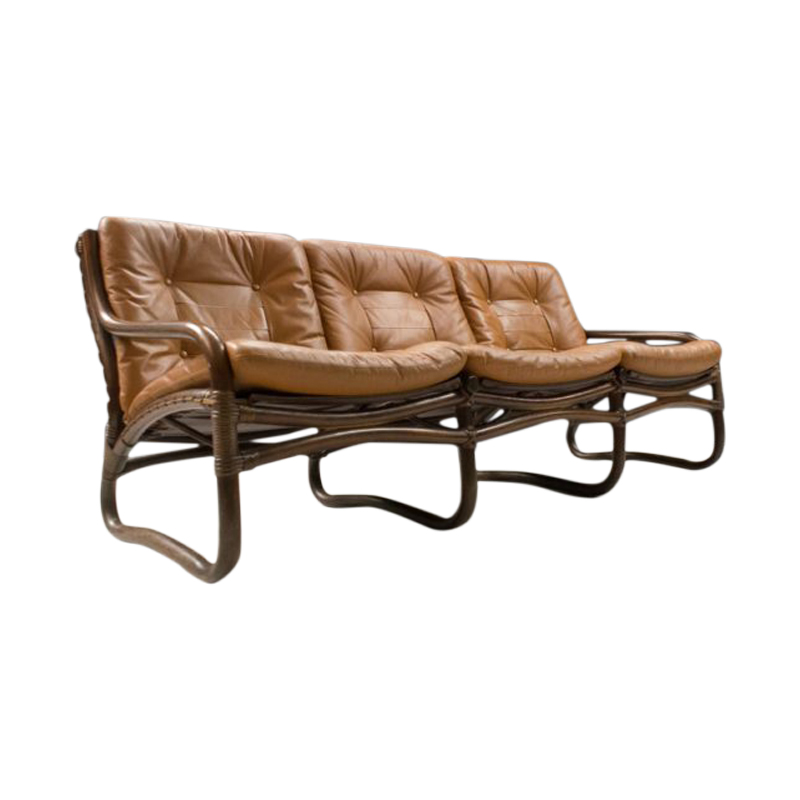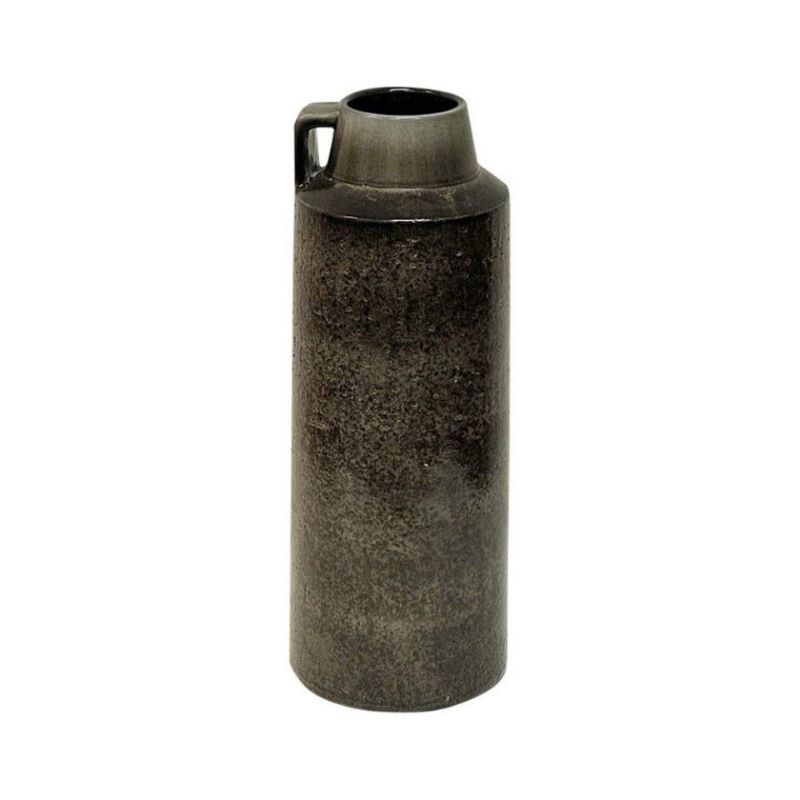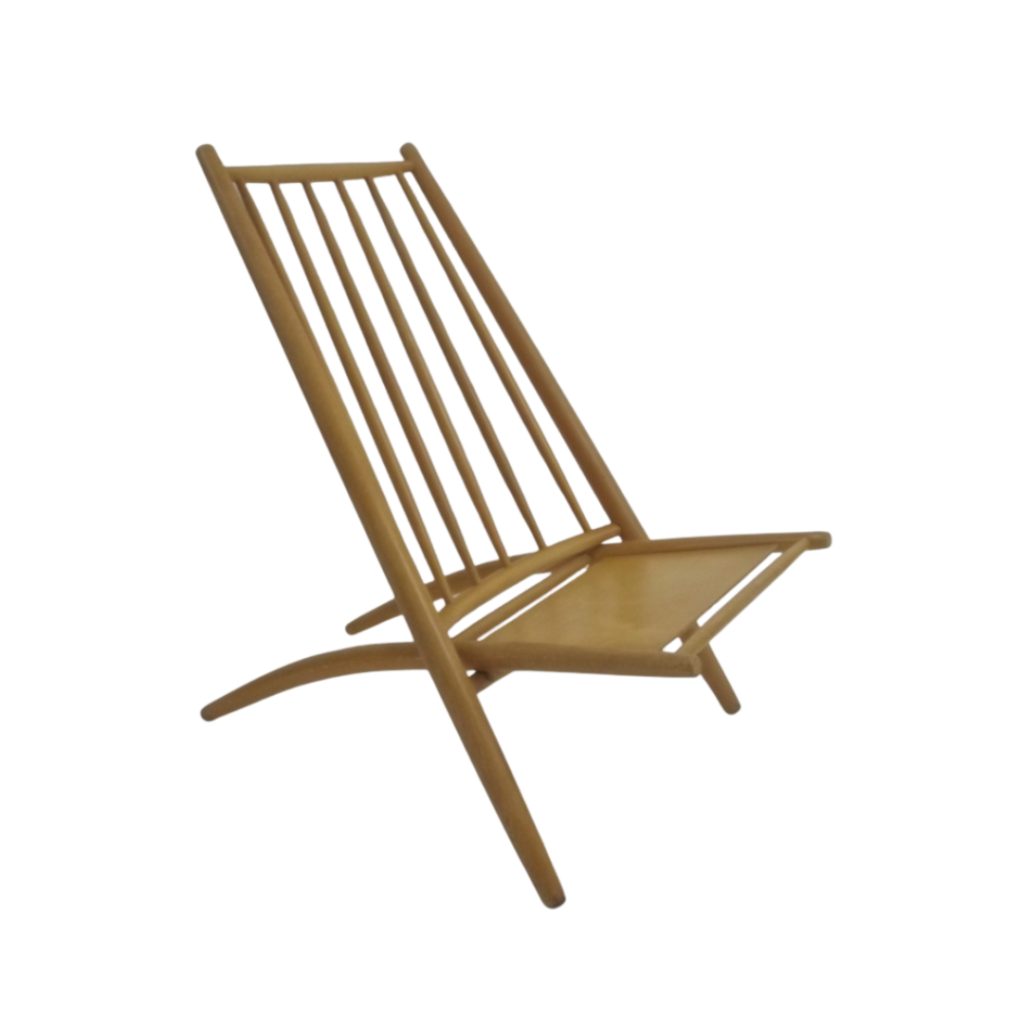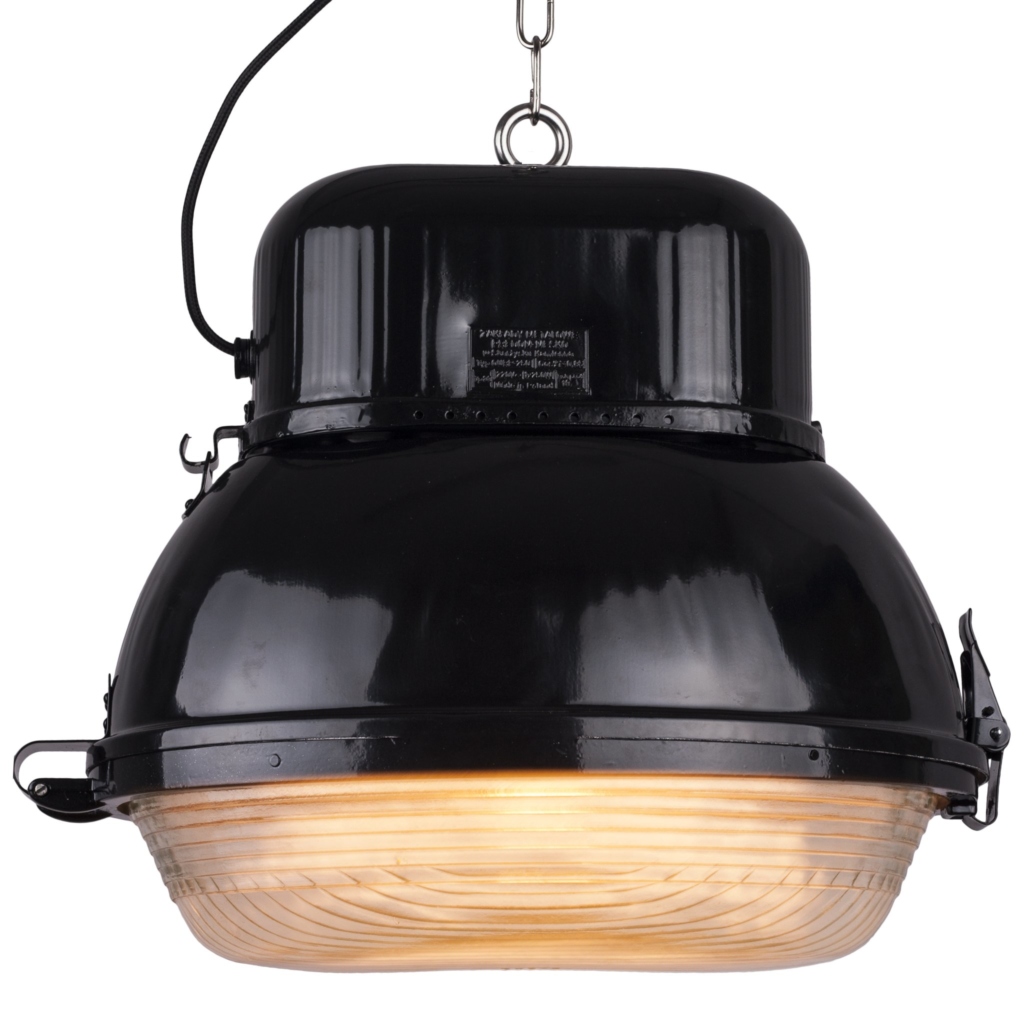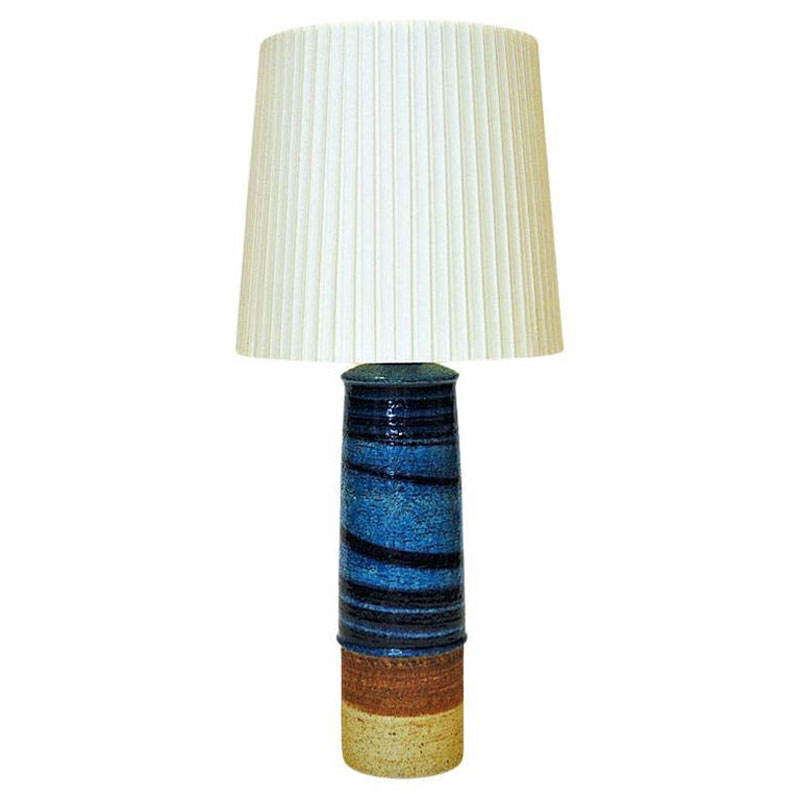Hello. Has anyone sat on the cheaper ($US215) panton s chair by Vitra? Comfy? Sturdy? Seat seems a little low at 16.5" and I'm 6'2". The original US$1,000 version looks so much nicer with it's glossy finish but that is soooo out of my price range.
Thanks for any thoughts.
-Mike
http://www.nova68.com/Merchant2/merchant.mv?Screen=PROD&Product_Code=44003000&Category_Code=42
new panton chair
hallo!
I just boutgh 4 new panton chair for my dining room: the original one ist toooo expensive for me to.
but my choise has been a good idea: they are very very confortable and also funny and beautiful. everybody in my house like it and also my friends!
buy it without problem.
It was always...
Verner Panton's hope that the chair would be produced by injection moulding, unfortunately it was never done. He worked with Danish and German manufacturers of raw materials moving between fiberglass filled polyester and painted urethane it was still a elaborate production method compared to injection moulding. Finally Vitra invested in the proper tooling and made this latest version. Some pretend that Verner prefered a textured finish, which might very well be, at least in the beginning, but when I brought up the point sometime in the early seventies, he was rather defensive about the glossy finish. My impression at the time was that he had been positively surprised by the fact that the danger of sliding off this glossy surface is almost unexisting because of the pronounced angle of the seat and the curve toward the outside rim. One has to read his comment also in the context of the time. The Panton chair was not (yet) the symbol for mid-century design that it became and Verner had good reasons to support his design and the sales of it.
When Vitra finally made the chair by injection moulding they did not have that much choice. Polypropylene (P.P.) is the right material for this product, but it is not designed for P.P. so to give it enough rigidity they use a glassfiber filled P.P. Which is fine, but it can not be done with a glossy surface because the flow of the material in the mould has the tendency to direct the fibers in the direction of the flow. This shows up in the surface of the product. The second reason behind this choice is that it is a relatively thick product and glossy, thick products have the tendency to show something called "jetting", which is basically a displacement of the plastic that has already touched the mould and is cooling off. So...al in all the right choice...technically.
One more comment. This material and the technology was available for a long time, (early-1970) in fact the chair could have been produced in this version during Verner's lifetime, but moulds were very expensive and this kind of organic shapes had to be copy-milled or (worse) cast. The injection moulded version that Verner Panton dreamed of was not made because nobody believed enough in the chair to make that investment. It still makes me wonder why a chair that costs under twenty U.S.dollars to produce, retails at over $250.
If you need any help, please contact us at – info@designaddict.com



